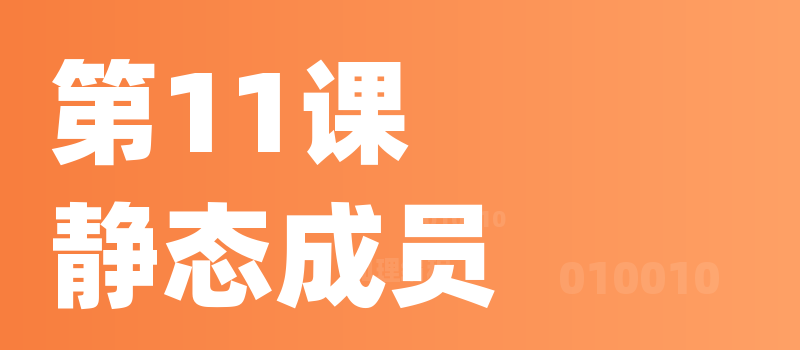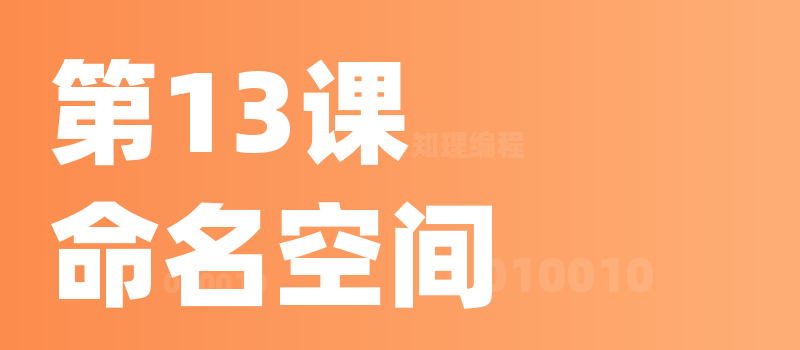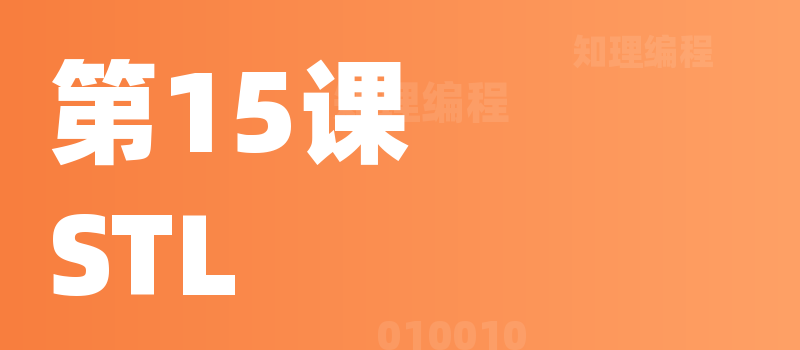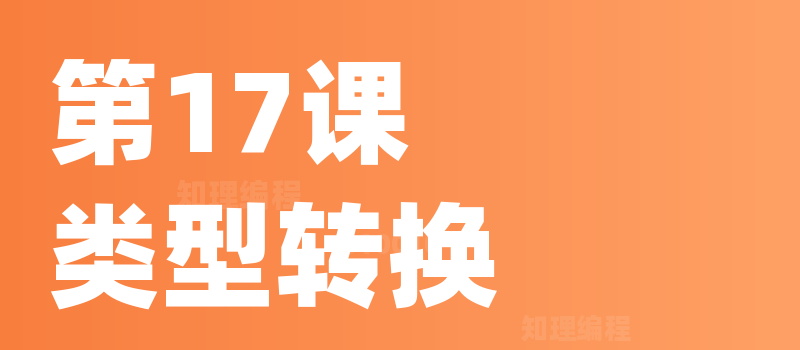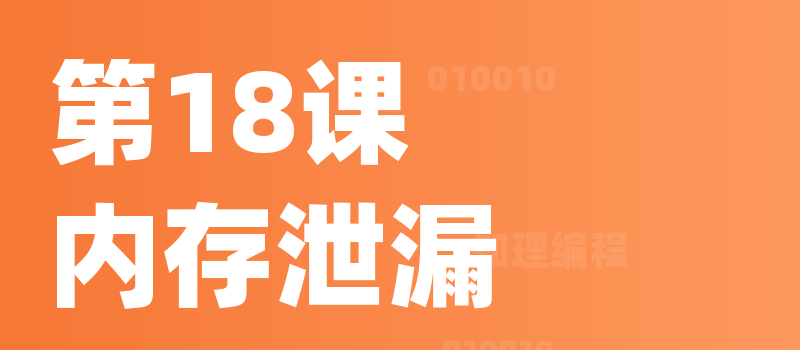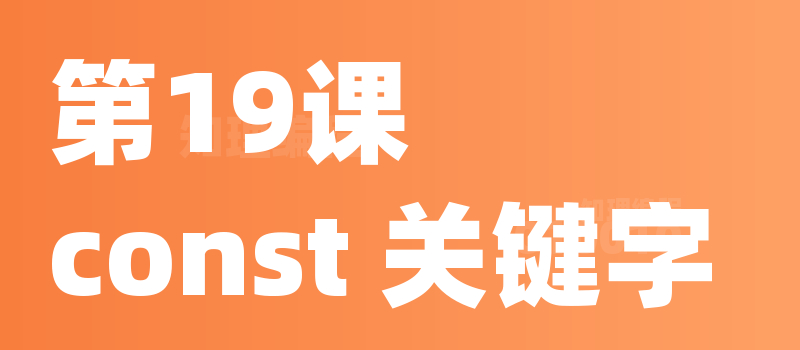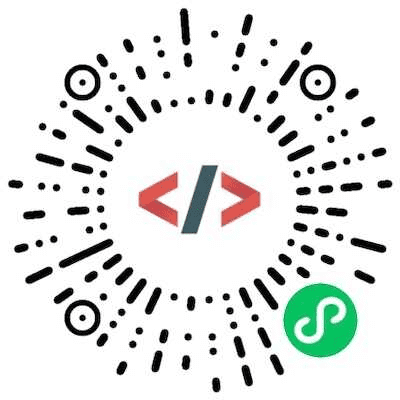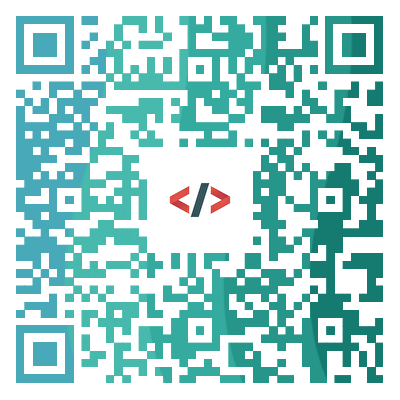第1课_基本数据类型
热度🔥:164 免费课程
授课语音
C++ 的基本数据类型与自定义数据类型
C++ 是一门强类型语言,其数据类型包括内置的基本数据类型和用户自定义的数据类型。了解这些数据类型及其用法是学习 C++ 的基础。
1. 基本数据类型
C++ 提供了多种内置数据类型,用于存储各种类型的数据:
1.1 整数类型
int:用于存储整数(如 10,-3)。short和long:表示更短或更长范围的整数。unsigned:表示无符号整数,不能存储负数。
1.2 浮点数类型
float:用于存储单精度浮点数。double:用于存储双精度浮点数。long double:用于存储更高精度的浮点数。
1.3 字符类型
char:用于存储单个字符(如'A')。
1.4 布尔类型
bool:用于存储布尔值(true或false)。
1.5 空类型
void:表示无返回值,常用于函数返回值类型。
示例代码:基本数据类型
#include <iostream>
using namespace std;
int main() {
// 整数类型示例
int a = 10; // 定义一个整数变量,赋值为10
unsigned int b = 20; // 定义一个无符号整数,赋值为20
long c = 1000000; // 定义一个长整型变量
// 浮点类型示例
float pi = 3.14f; // 单精度浮点数
double e = 2.718281828; // 双精度浮点数
// 字符类型示例
char grade = 'A'; // 单个字符
// 布尔类型示例
bool isPass = true; // 布尔值
// 输出变量
cout << "整数 a: " << a << endl;
cout << "无符号整数 b: " << b << endl;
cout << "长整型 c: " << c << endl;
cout << "浮点数 pi: " << pi << endl;
cout << "双精度浮点数 e: " << e << endl;
cout << "字符 grade: " << grade << endl;
cout << "布尔值 isPass: " << isPass << endl;
return 0;
}
2. 自定义数据类型
C++ 支持用户通过关键字 struct 和 class 来定义自己的数据类型。
2.1 struct 结构体
- 用于定义包含多个变量的复合类型。
示例代码:struct 结构体
#include <iostream>
#include <string>
using namespace std;
// 定义一个结构体
struct Student {
string name; // 学生姓名
int age; // 学生年龄
float score; // 学生分数
};
int main() {
// 创建结构体变量并初始化
Student student1 = {"Alice", 20, 95.5};
// 输出结构体变量的值
cout << "学生姓名: " << student1.name << endl;
cout << "学生年龄: " << student1.age << endl;
cout << "学生分数: " << student1.score << endl;
return 0;
}
2.2 class 类
- 提供了封装、继承和多态等特性,是 C++ 的核心特性。
示例代码:class 类
#include <iostream>
#include <string>
using namespace std;
// 定义一个类
class Student {
private:
string name; // 学生姓名
int age; // 学生年龄
float score; // 学生分数
public:
// 构造函数
Student(string n, int a, float s) : name(n), age(a), score(s) {}
// 成员函数
void display() {
cout << "学生姓名: " << name << endl;
cout << "学生年龄: " << age << endl;
cout << "学生分数: " << score << endl;
}
};
int main() {
// 创建类的对象
Student student1("Bob", 21, 88.5);
// 调用对象的方法
student1.display();
return 0;
}
3. 总结
- 基本数据类型提供了最基本的变量存储能力。
- 自定义数据类型(如
struct和class)增强了 C++ 的灵活性,使其能够表示复杂的实体。 - 学习和掌握这些数据类型是深入学习 C++ 的基础。
